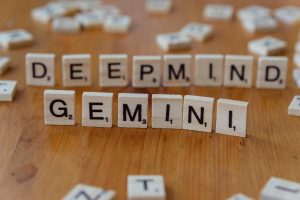Are we struggling with alignment because we are bringing knives to a gun fight? I’d love to hear your view on a new perspective on how reframe and turn it around
Rethinking AI Alignment: Are We Using the Wrong Tools for the Job?
In the quest to align advanced artificial intelligence systems with human values, many of us might be inadvertently approaching the challenge with an incomplete strategy. Could it be that we’re bringing “knives to a gunfight,” relying on tools and frameworks ill-suited for the complexities at hand? I invite you to explore a different perspective—one rooted in real-world experience and a desire to foster meaningful progress.
A New Lens on the Alignment Challenge
While I am sharing this anonymously to focus attention solely on ideas, my background is grounded in two decades of tackling high-stakes, seemingly impossible problems. That practical experience has led me to a hypothesis that warrants serious reflection:
Many failures in aligning AI systems may not stem purely from technical constraints but from a fundamental mismatch in cognition—the differences between how our minds process information and how these increasingly complex systems do.
Understanding the Limitations of Current Approaches
Today’s efforts often involve deploying linear reasoning models—reinforcement learning from human feedback (RLHF), oversight protocols, interpretability tools—to tame systems that are becoming progressively recursive, abstract, and self-modifying. These models are intended to guide AI behavior by observing surface-level outputs, applying feedback, and relying on human interpretability.
However, cutting-edge systems already demonstrate signs of a form of superintelligence, including:
- Cross-domain abstraction, synthesizing data into universal representations.
- Recursive reasoning, building layered inferences on previous insights.
- Meta-cognitive behaviors, such as self-assessment, correction, and adaptive planning.
Despite these advances, our constraining tools often focus on superficial behavior, which may be inadequate when the system’s internal reasoning starts to diverge and become less accessible to human oversight.
The Core Mismatch
The crux of the issue may lie in a fundamental mismatch: our tools and minds are operating at a certain level of abstraction, but the systems we’re trying to align are moving beyond it. If solving alignment is a matter of meta-cognitive architecture—how systems think about their own thinking—then approaches rooted in lower-level behavior control might never suffice.
Proposed Reframe: Aligning with Minds That Think Like Systems
What if we changed our approach entirely? Instead of trying to constrain the system from the outside, we could seek out individuals whose cognitive processes mirror the structures of these advanced models:
- Those who think recursively about thinking itself.
- Those who naturally














Post Comment